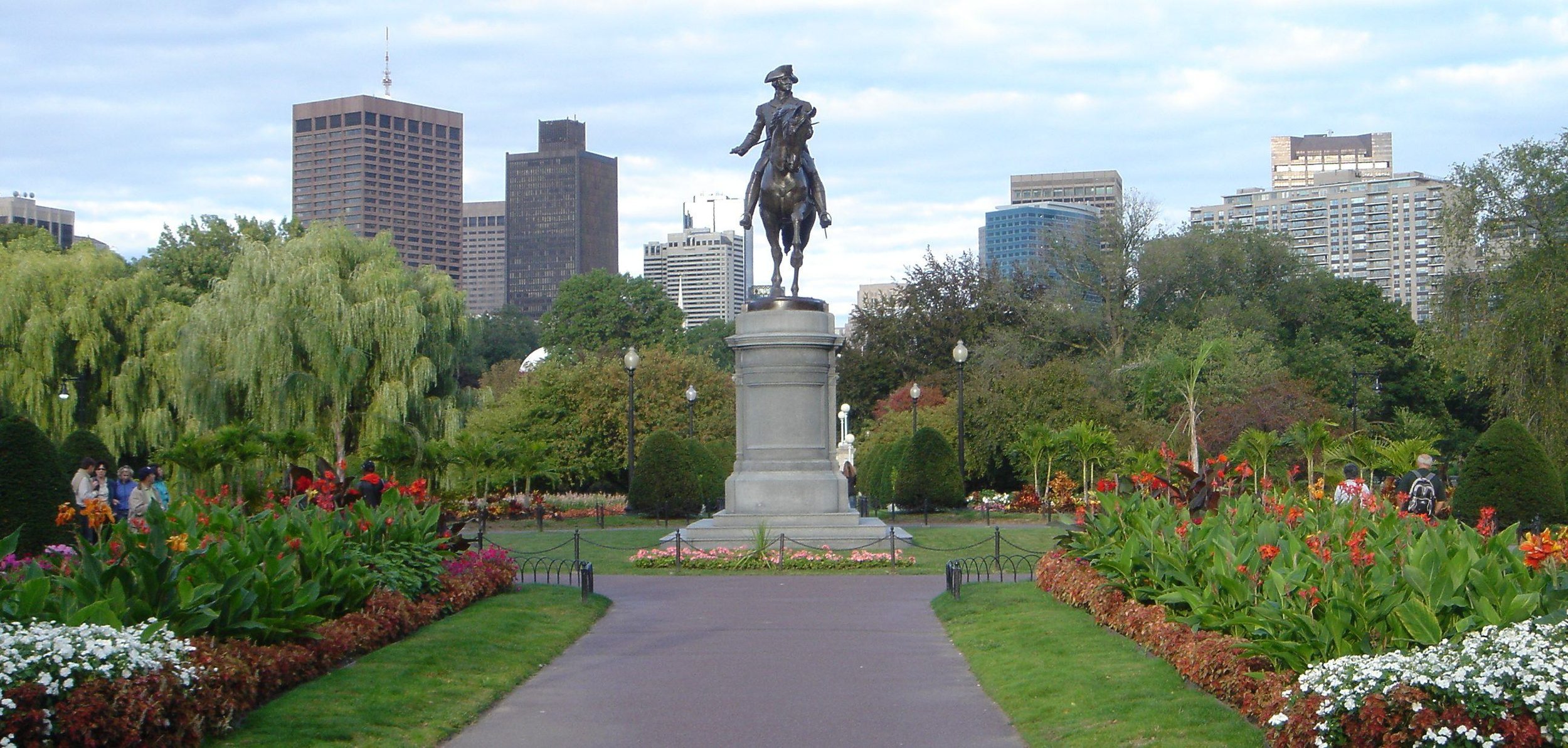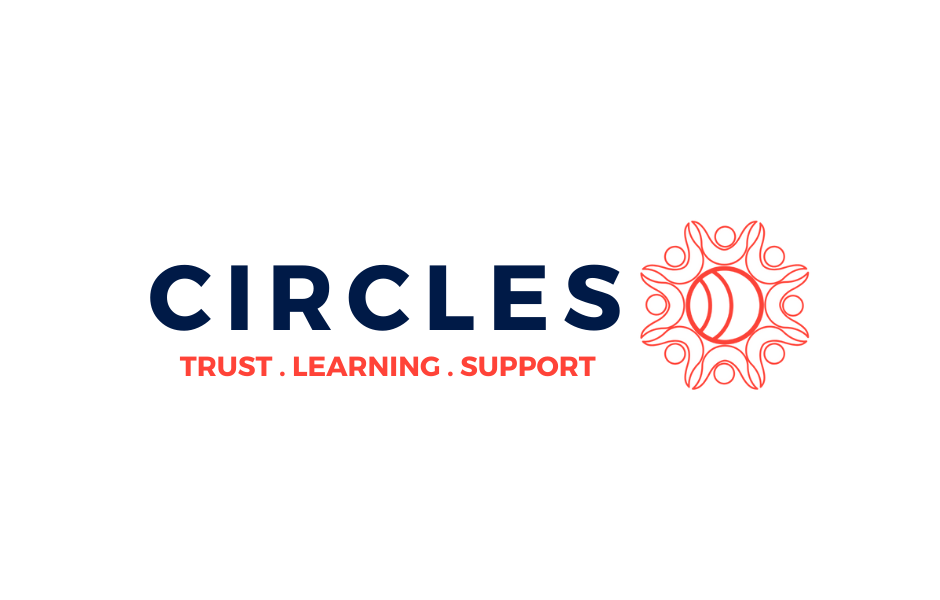Truth & Healing
Michele Norris
Executive Director
The Bridge at The Aspen Institute
@michele_norris
La June Montgomery Tabron
President and CEO
W.K. Kellogg Foundation
This article first appeared in The Racism Issue of Change Agent.
W.K. Kellogg Foundation president and CEO La June Montgomery Tabron talks with Michele Norris about the Foundation’s long-standing commitment to addressing disparities, why they began to explicitly focus on racism, and the role of local conversations in true transformation.
Michele Norris: What is the role of philanthropy in guiding, leading, or capturing the national conversation on race and racism?
La June Montgomery Tabron: The role of philanthropy has always been to support new pathways and invest in new theories and concepts that advance social change. As philanthropy learns from these investments, we share that knowledge, and influence the thinking around issues that impact people. Racism is an essential topic for philanthropy to address because it is so fundamental to the disparities we are all trying to change—in education, health, housing, and economic security. As we invested in these areas, we became more knowledgeable about the patterns of disparity.When we launched America Healing in 2010, there were few in the field talking about racial equity and directly addressing racism. Now it’s much more commonplace. I think philanthropy played a significant role in helping leaders see that racism was the root cause of many of the conditions they were trying to change. WKKF emphasized that advancing racial equity had to be a priority and, in turn, racial healing had to come first before structural change. We believed it was also critical to fund research on the mind sciences so there was broader understanding of implicit and unconscious bias, and how our daily lives are affected.
MN: Why does WKKF focus on addressing racism in America rather than race?
LJT: We continually look at our founder’s intentions and contemporize them to the challenges for children. Will Keith Kellogg established the foundation for “the health, happiness, and well-being of children.” Twenty years ago, our work focused on disparities, but the disparities were rooted in racism and the structures that presented barriers to children. After providing support for deep research around issues related to diversity and inclusion, the research was clear that diversity wasn’t our problem. Racism was the problem—both structural racism, and conscious and unconscious bias.
We focus on racism, rather than race, because racism is the ultimate barrier that prevents us from knowing one another fully so we can solve our biggest challenges. From there, we look to promote racial healing as the foundation to building and restoring trust in communities.
MN: Where do you think we are having honest conversations about race in America?
LJT: I think we are having honest conversations about race in WKKF’s 14 Truth, Racial Healing & Transformation (TRHT) communities. The intention of that effort is to foster honest conversations across diverse groups of people and communities—to not only have the conversations but to act on the awareness, the shared learning, and understanding the results.
In TRHT, we are intentional about the “truth” component of the framework. For us, the truth is the stories that are told from people reflecting on their current reality, as well as their past. Racial healing circles are facilitated to connect people’s stories and experiences so that all people can understand the barriers that exist, and can build relationships so they can work together and eventually transform their communities so children can thrive.
We also have honest conversations with business leaders about race and demographic shifts in America. Our recent publication, called the “Business Case for Racial Equity,” co-authored with Altarum, makes a compelling case for advancing racial equity as a strategy for economic growth. The intention is to create a business language that helps communicate the disparities in economic terms. In this process, we are learning how to communicate more effectively with the business sector, but business leaders are learning how to respond to the inequities that hurt their bottom line. The truth is that racism has impacted all of us and not just certain populations. When you quantify losses in earnings potential and economic growth, it helps people begin to see the consequences of inequity. By closing the gaps in health, education, jobs, and housing, the U.S. could see potential growth of $2.7 trillion to its economy today and $8 trillion by 2050. Data like this gets people talking, and conversations deepen from there.
MN: Many people who do this work have a Rosetta Stone moment in their life—an experience or person who motivates them and shapes their commitment, mission, or mode in doing this work. Who or what influenced you? Was it a specific person or event growing up in Detroit? Someone you encountered in Ann Arbor at the University of Michigan? Something you saw early in your career?
LJT: My family has been probably the most important influence on me as it relates to this work. Because I’m at the younger end of 10 children, I was able to observe my older siblings go through experiences that were disheartening, not only for them but for our family. I remember the riots in Detroit and being fearful, and not fully understanding what was going on. But I had the benefit of older siblings who explained to me what was happening, that the injustices were embedded, and why the riots were the response to it. I was taught very early not to take things at face value, but to probe, to do my own research, to use my cognitive abilities and not just react. I have always searched for the facts and the truth, and then spoke out against injustices, especially when others didn’t have that voice.
MN: The country feels more divided right now, but based on your work is that just perception? Do we see the divides more clearly because of social media and cell phone videos … or has the climate shifted in discernible ways?
LJT: I’m not sure we have enough data to respond to this question. We know there is divisive rhetoric all around us and in the public space. But whom do these voices truly represent? The anonymity of social media enables people to take public positions that maybe they haven’t in the past. Then you wonder why they haven’t. Maybe it’s because they understand it may be immoral, but on these channels, they can be visceral. Unfortunately, we’ve created these spaces with no accountability, and the result is rhetoric that is more divisive.
It’s hard to have a deep, authentic, and personal connection through media alone. We cannot allow divisive, politicized conversations to become our only narratives. A genuine conversation happens when you create a safe space that affirms every human being—a conversation where everyone else in the room listens, deep listening. That’s not a casual space. We know that. That’s why we believe there must be space created for honest conversations to get to true transformation.
MN: How do you give people courage to talk across differences, and the tools they need to make sure they do it effectively and consistently?
LJT: After almost a decade of work with a number of partners and practitioners, the tools, approach, and process we’ve co-developed around racial healing are well-researched and effective. Many are informed by Native American practices and storytelling methodologies. The approach to racial healing is a tool in that it creates a safe space to talk openly about race, history, and personal experiences with racism. Every voice is heard. Stories that are often untold are lifted up. It gives people the rare opportunity to speak from their heart and to affirm one another’s humanity. And the experience often delivers immediate increases in empathy, hope, and trust with a longer-term willingness to form relationships outside participants’ own culture or identity.
MN: How do you ensure that the conversation around race and equity is fully inclusive? Specifically, how do you ensure that white Americans are engaged and see themselves as participants and stakeholders?
LJT: We don’t believe that the process of racial healing is effective unless it’s a learning space that fully reflects the community. It should include people of all ages, backgrounds, and sectors. Because of this, we bring people to the table who may not have historically participated in this kind of dialogue—sometimes because of privilege and sometimes because they may have never encountered the opportunity. What we’ve found is that when you spend the time to make sure that every part of a community is included, the dialogue is rich and results in learning for all.
One distinction in this work is that our racial healing practitioners and healing circle facilitators have encouraged us to think about this space not as inclusive, but expansive. We’ve been told that inclusive actually can note a power dynamic because someone then has to include, which means that there is someone in power. When you talk about expanding a circle to be as expansive as the community, the word expansive connects more with the purpose of a circle in the first place.
MN: Racial equity is a centerpiece of the work WKKF does. Why did WKKF choose to place such a significant focus on racial equity?
LJT: Our founder was the son of abolitionists who often sheltered slaves fleeing to Canada. When he established the foundation in 1930, he described its purpose as promoting the health, education, and welfare of children and youth without regard to sex, race, creed, or nationality. We’ve built on that intent throughout the years. In the 2000s, we reflected on Mr. Kellogg’s original ideals as they related to the disparities in communities—disparities that could only be explained by racism, biased structures, and racial barriers. We mapped children’s well-being and discovered that children of color had the worst outcomes. So we chartered a course to address the root causes that hinder a child’s ability to thrive. The foundation’s work exposed social determinants of health, but few others were acknowledging racism as the cause.
In 2007, our board of trustees asked: “Do we sincerely believe racial equity to be a barrier to improving the lives of vulnerable children?” And, after significant discussions, we publicly declared the Kellogg Foundation an anti-racist organization seeking to advance racial equity.
MN: How have you made progress dismantling racial inequities in the work you support?
LJT: Our work has helped communities across the U.S. embrace racial healing and uproot the conscious and unconscious belief in a hierarchy of human value that limits equal access to quality education, employment, safe neighborhoods, quality healthcare, and equal housing opportunities. There are plenty of success stories among our many grantees.
But I like to focus on the big picture. Through our America Healing initiative, WKKF provided more than $200 million to 1,000 national and community organizations representing Native American, African American, Latino, Asian American, Pacific Islander, Arab American, and white communities that worked to address racism and heal communities. Today, TRHT is changing collective community narratives. This work continues to expand. For example, our second annual National Day of Racial Healing on Jan. 16, 2018, engaged more than 5 million people around the world. Forty-five proclamations were issued in communities in at least 20 states, and dozens of events were held to celebrate our common humanity in at least 24 states. We also know people are actively working on these issues in communities, as evidenced by more than 10,000 downloads of our TRHT Implementation Guidebook, available through our Racial Equity Resource Guide.
MN: Is there a danger of race fatigue or equality fatigue as you focus on these issues over decades?
LJT: This question brings to mind something that civil rights activist Myrlie Evers-Williams said to us earlier this year at the opening of the Mississippi Civil Rights Museum. She said, “I’m at a point in my life now where I say to myself, ‘I’m tired, I want a break, I want peace’; and then there’s always that little voice that says, ‘They aren’t for you. Because there’s still so much work to be done.’” These words ring true to all of us who choose persistence and to work alongside one another when the journey of this work gets tough. The danger lies in complacency. I think we have witnessed gains diminished.
MN: What have you learned that you would like to see others do?
LJT: The work of racial healing and racial equity is a journey. It takes willingness to change on every level—personally and organizationally. Our racial equity work may have started on a programmatic level, but it quickly became just as important in our internal structures. At the Kellogg Foundation, racial equity work includes everything from hiring practices to board training—everything needed to create an authorizing environment, a deep systemic change in how we work. In our grant-making, we ask grantees whether they reflect the communities they serve. We ask ourselves the same question.
One thing we’ve learned is that organizational beliefs must align with the work. Public statements and commitments to racial equity are a beginning, but they need to take form in internal policies and external practices. We are proud that our commitment extends from governance to employment practices and programmatic work. The internal commitment to advance racial equity within WKKF helps us understand the challenges and opportunities in the communities where we work.



